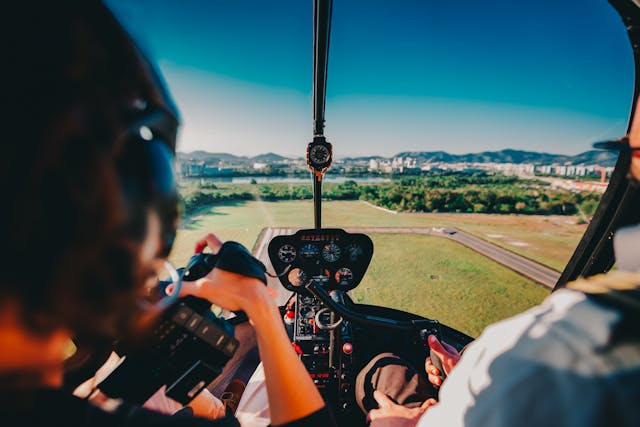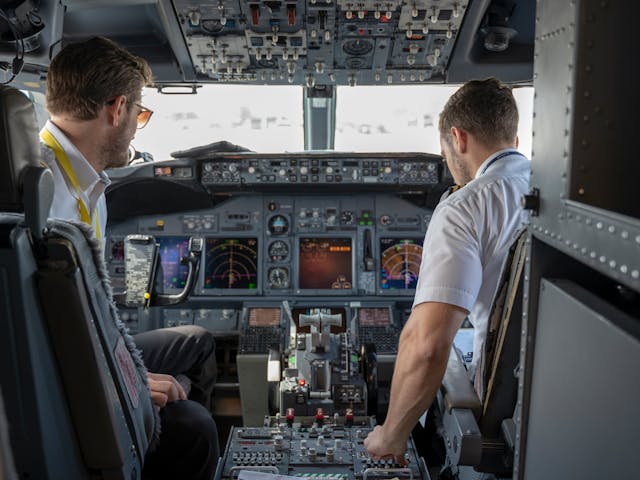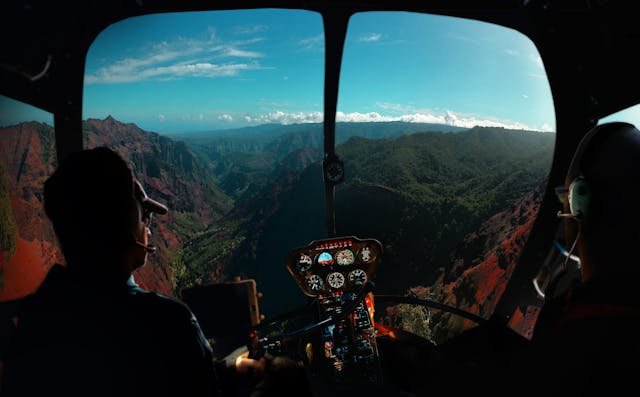- Invest in quality flight training with experienced instructors and utilize simulator training for hands-on experience.
- Master the fundamentals of flying, including aircraft controls and navigation, to build a strong foundation.
- Develop good decision-making skills and a safety-first mindset, prioritizing thorough pre-flight inspections and clear communication.
- Stay current with aviation regulations and technology, and broaden your experience by flying different types of aircraft.
Embarking on the journey to become a pilot is an exciting and rewarding experience. The thrill of soaring through the skies and navigating aircraft is unmatched. However, becoming a skilled pilot requires dedication, practice, and continuous learning. For new pilots looking to master the skies, here are essential tips to help you navigate your way to success.
Invest in Quality Flight Training
Investing in quality flight training is one of the most critical steps in becoming a skilled pilot. Choose a reputable flight school with experienced instructors who can provide comprehensive training. Make sure to practice regularly and seek feedback from your instructors to improve your skills. You can also take advantage of simulator training to enhance your knowledge and hands-on experience. Remember, the more you train, the better prepared you’ll be for real-life flying scenarios.

Focus on Mastering the Fundamentals
As a new pilot, it’s crucial to focus on mastering the fundamentals of flying before moving on to more advanced techniques. Take the time to understand aircraft controls, aerodynamics, navigation, and communication procedures. Building a solid foundation will set you up for success as you progress in your flying career. Additionally, regularly review and practice these fundamentals to maintain your skills.
Develop Good Decision-Making Skills
Becoming a skilled pilot not only requires technical proficiency but also good decision-making skills. Learn how to assess risks, prioritize tasks, and make quick decisions in emergency situations. Practice scenario-based training to enhance your decision-making abilities and ensure that you can handle any challenges that may arise during flights.
Embrace a Safety-First Mindset
Safety should always be the top priority for pilots at all levels of experience. You can develop a safety-first mindset by doing the following four things:
Conducting Pre-Flight Inspections
Conduct thorough pre-flight inspections before every flight to ensure your aircraft is in good working condition. Check for any signs of wear and tear, leaks, or other safety hazards.
Practicing Proper Communication
Clear communication is crucial for safe flying. Make sure to use proper radio phraseology and actively listen to air traffic controllers and other pilots to avoid misunderstandings.
Staying Current with Training and Certifications
Stay current with your training and certifications to maintain and improve your skills. Be sure to complete regular flight reviews and stay up-to-date on any changes in regulations or procedures.
Adhering to Standard Operating Procedures
Always follow standard operating procedures (SOPs) for all phases of flight, including takeoff, cruise, approach, and landing. These procedures are designed to keep you and your passengers safe, so it’s essential to adhere to them.
Safety is a team effort, and as a pilot, it’s your responsibility to prioritize your own safety, that of your passengers, and that of others in the airspace. By embracing a safety-first mindset and consistently practicing safe flying habits, you can help create a safer aviation environment for everyone. Remember, there is no such thing as being too cautious when it comes to flying.
Stay Current and Continue Learning
The aviation industry is constantly evolving, so it’s essential for new pilots to stay current with regulations, technology advancements, and best practices. Participate in recurrent training programs, attend seminars and workshops, and stay informed about industry trends. Continuously expanding your knowledge will make you a better pilot and help you advance in your career.
You can also do this by getting into other forms of aviation. The more diverse your experience is, the better you’ll be able to handle different flying conditions and challenges. You can start with helicopters by taking helicopter flying lessons. Getting a helicopter Private Pilot License (PPL) is relatively quick, and it will give you a different perspective on flying. A PPL also allows you to fly other types of aircraft, which will make you a more versatile and well-rounded pilot.

Embarking on the journey to become a pilot is both thrilling and demanding, requiring dedication, quality training, and a commitment to safety and continuous learning. By focusing on mastering the fundamentals, developing good decision-making skills, and embracing a safety-first mindset, aspiring pilots can navigate the challenges of aviation with confidence.
Staying current and expanding one’s knowledge and experience across different types of aircraft further enhance a pilot’s versatility and proficiency. Ultimately, the path to becoming a skilled pilot is paved with relentless practice, a passion for flying, and an unwavering dedication to safety and excellence in the skies.

